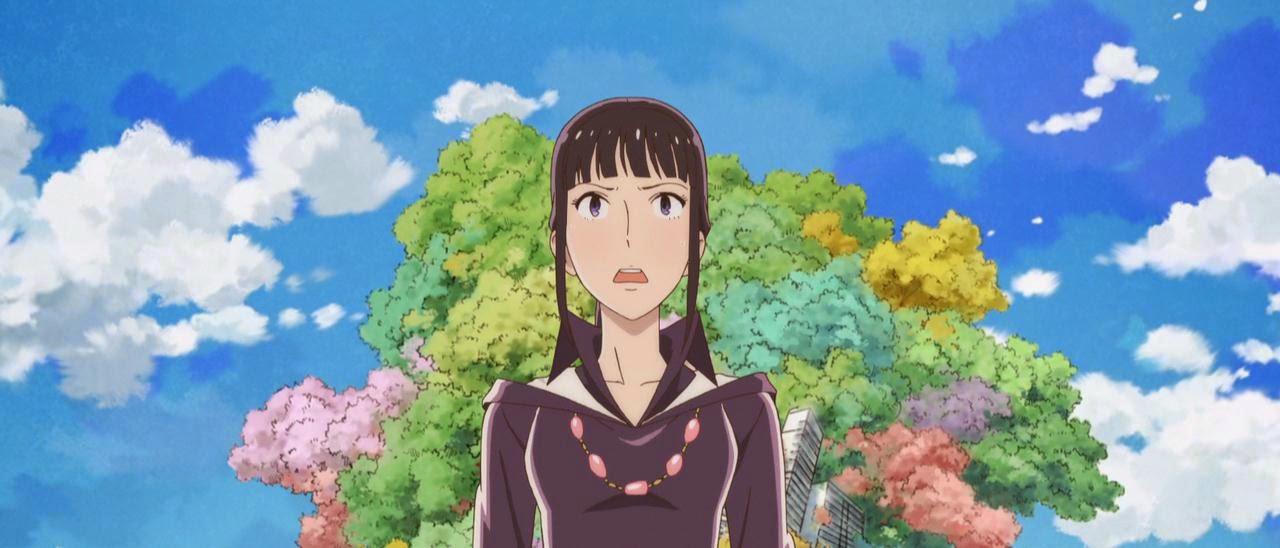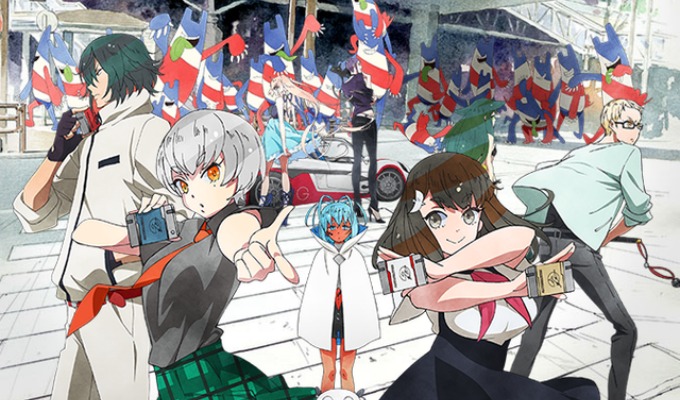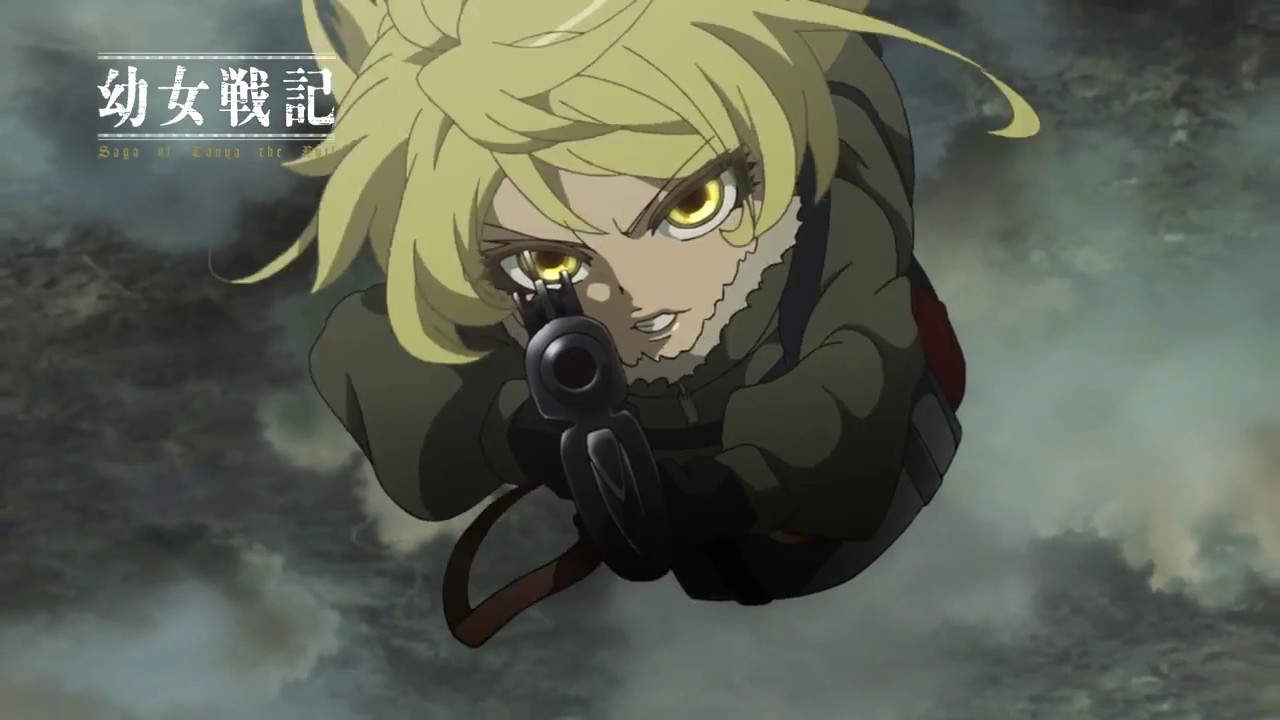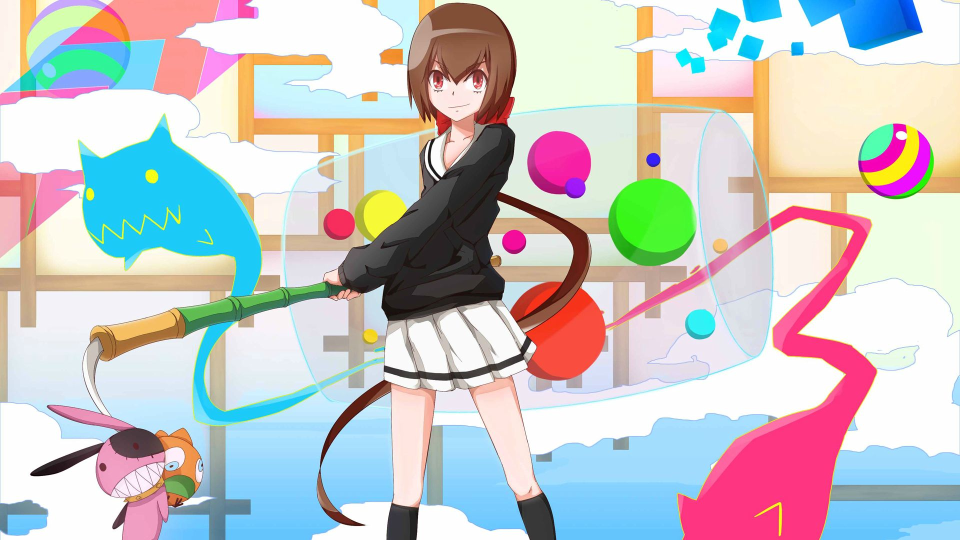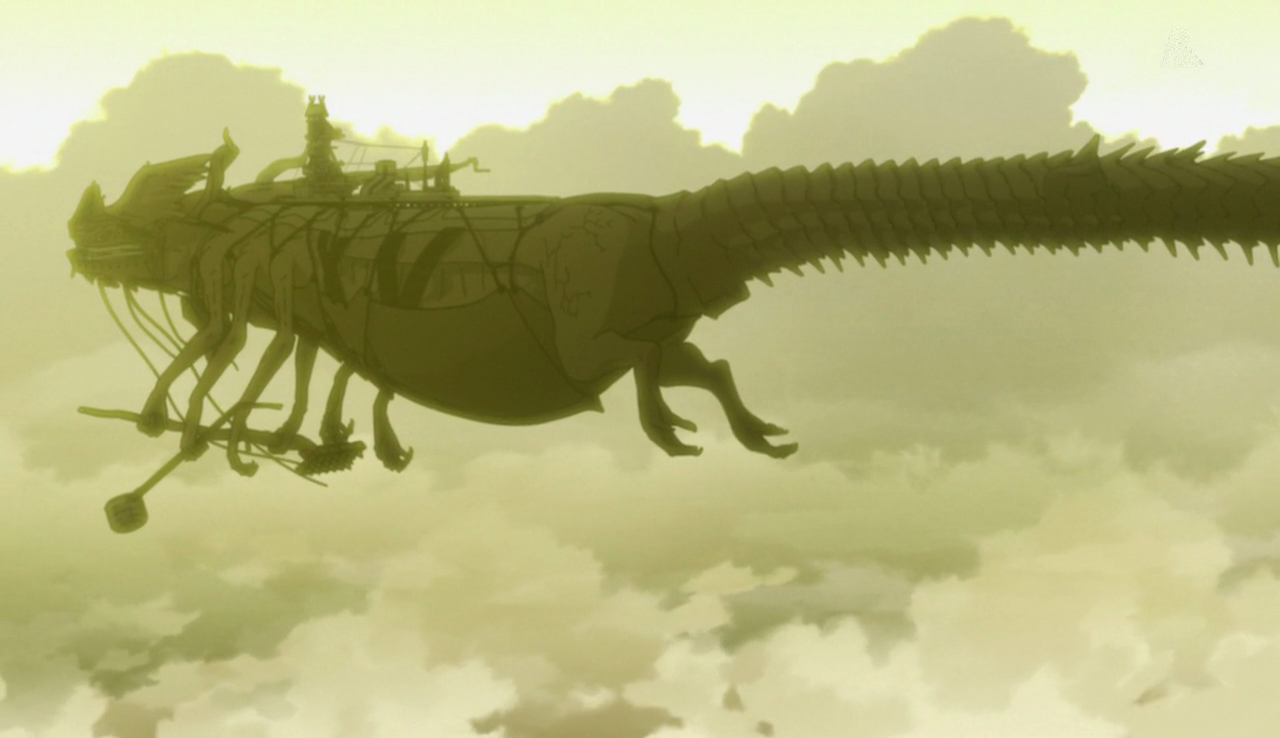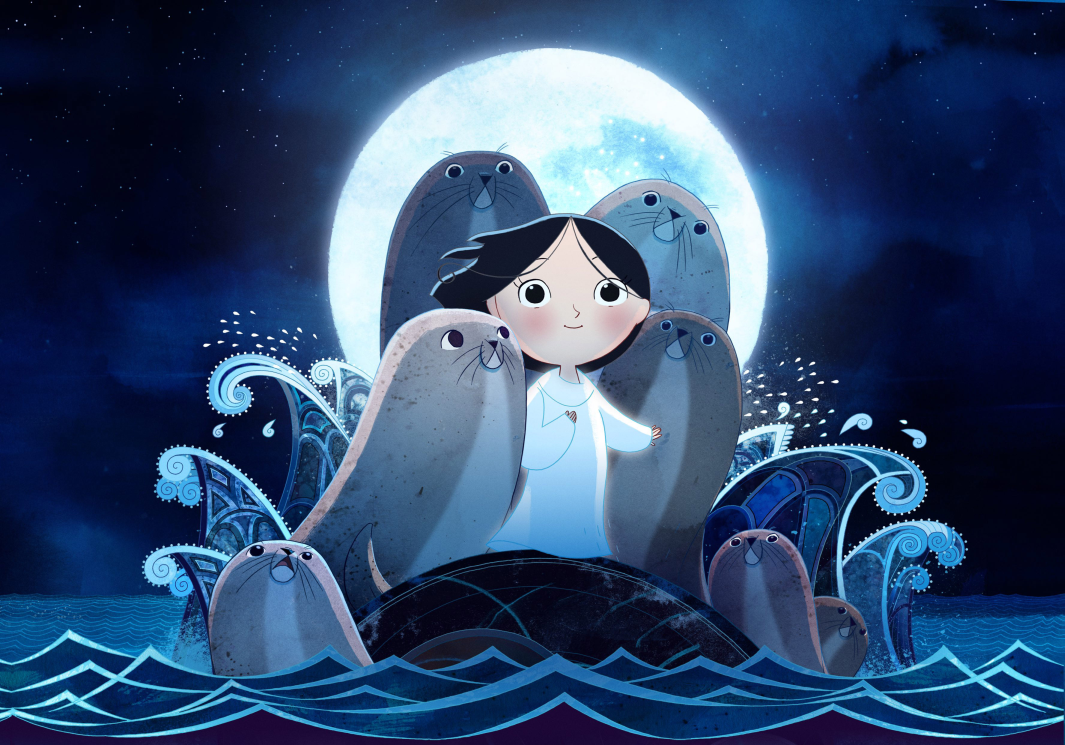Ask John: Does Japan Still Have Auteur Directors?
Question:
What animators – Japanese or not – are worth following? The only contemporary, populist director I can think of who’s work is higher-quality-than-it-needs-to-be but still makes “normal” Japanese animation is Tetsurou ARAKI, and the only director to have made something genuinely surprising and unprecedented in recent memory are the fading joys I had of the woefully incomplete Aku no Hana series by Hiroshi NAGAHAMA. On the other side of things Akiyuki SHINBOH is undeniably a talented visual artist, but his work has become so intensely self-referential – and quite frankly, up its’ own a*s – I feel like only hardcore fans would ever even attempt to understand it, much less enjoy it. One Punch Man was excellent, but was this because Shingo NATSUME is a hell of a director, or was the source material and production staff simply that talented? I have no idea. And now I remember that despite being an absolute masterpiece I don’t think Hiroyuki OKIURA directed anything for a decade-plus after JIN-ROH, and when he finally did it was… well, to be fair LETTERS TO MOMO looks fantastic, but to say it’s the polar opposite of the film before that might be an understatement.
Answer:
Upon reading the question, my sense is that the inquiry regards directors with a distinctive characteristic style. Granted, the abundance of contemporary anime seems to virtually require a reliance on practical, workmanlike directors such as Kyohei Ishiguro (Lance N’ Masques, Occultic;Nine, Shigatsu wa Kimi no Uso), Keiichiro Kawaguchi (Jinsei, Million Doll, Oshiete! Galko-chan), and Noriaki Akitaya (Bakuman, Active Raid, Joukamachi no Dandelion) rather than visual and stylistic auteurs such as Mamoru Oshii, Kunihiko Ikuhara, Shouji Kawamori, Mahiro Maeda, and Kouji Morimoto. However, I don’t think that fans have reason to entirely abandon faith in today’s prominent directors. While even the most mundane working anime directors still inject creativity and vibrancy into their productions, a number of aggressively actively working directors continue to go one step beyond.
The figurative elephant in the room is, of course, Makoto Shinkai, arguably now the most successful anime director ever. Kimi no Na wa may be more of a “nice” film than a masterpiece, an otaku anime that manages to also be accessible and appealing to mainstream audiences, but it visually and thematically continues to exhibit the characteristics its creator is known for: rather simple character designs blend with photo-realistic backgrounds in brightly lit shots to tell stories about contemporary emotional alienation. From his 1999 breakthroughs She & Her Cat and Voices of a Distant Star to his most recent works, Garden of Words and Your Name, his films seem to be maturing, becoming more robust, and suggesting that his greatest works may still be ahead of him.
Kenji Nakamura hasn’t directed any anime productions since 2015, but he’s a relatively new director whose works have included Mononoke, C – Control – The Money and Soul of Possibility, Gatchaman Crowds, Tsuritama, and Kuchu Buranko, certainly placing him near the top of overlooked but exceptional stylistic directors working today.
Kenichi Suzuki directed the first two seasons of the Jojo’s Bizarre Adventure television series and last year’s Drifters. His work as a series director is limited, and one may argue that much of the credit for both Jojo’s Bizarre Adventure and Drifters goes to their respective original mangaka. But Suzuki deserves much credit in the case of Drifters for transforming an original manga that read virtually like a summary of itself into a fully fleshed-out narrative. Kenichi Suzuki may be a talent worth watching in the future.
Yutaka Uemura is another relatively new series director, having helmed Gainax’s 2011 Dantalian no Shoka, 2015’s Punch Line, and the current Youjo Senki. With such a limited resume, it’s difficult to say whether Uemura’s skill as a director is improving or whether he’s simply steadily proceeding through stronger material.
Takayuki Hirao has been directing for only about ten years, but his chief director role on productions including the wonderful Majocco Shimai no Yoyo to Nene, Kara no Kyoukai movie 5, Gyo, and God Eater, along with his episode directing on Kurozuka, Manabi Strait, and Mousou Dairinin point to him being a talent on the rise.
A number of female directors have turned out a selection of shows worthy of attention in recent years. Sayo Yamamoto is best known to otaku for having directed the Michiko & Hatchin and Lupin III: The Woman Called Fujiko Mine television series, but she also directed last year’s acclaimed and fan-favorite series Yuri!!! on Ice and its thematically related Japan Animator Expo short film “Endless Night.” Rie Matsumoto helmed the eclectic Kyousogiga web & television anime, directed the 2010 Heartcatch Pretty Cure movie, which was one of the best Pretty Cure movies of recent years, and most recently the stylistic wonder Kekkai Sensen (“Blood Blockade Battlefront”). Creator/director Soubi Yamamoto’s aesthetic style is definitely polarizing but also unmistakably unique. The visual style of her “Kono Danshi” series only refined a bit for 2013’s mainstream studio production Meganebu!
And a number of reliable, veteran stylists are still actively directing. Beloved comedy director Akitaro Daichi, known for Kodomo no Omocha, Sexy Commando Gaiden: Sugoi yo!! Masaru-san, and Fruits Basket, has recently helmed the visually distinctive and charming Tonkatsu DJ Agetaro and Kuruneko television series and is currently directing Nobunaga no Shinobi. Evangelion movies and FLCL director Kazuya Tsurumaki’s recent Ryuu no Haisha mini-series serves as reminder that he’s still active in the production industry. Dead Leaves, Gurren Lagann, and Kill la Kill director Hiroyuki Imaishi helmed last year’s Uchuu Patrol Luluco. Hiromasa Yonebayashi’s two Ghibli movies may not be among the studio’s finest, but his upcoming Mary to Majo no Hana solidifies him as visually the heir to Hayao Miyazaki. And after some unjustly harsh critical disdain for Ged Senki, Goro Miyazaki’s TV commercials, Kokuriko-Zaka Kara, and Sanzoku no Musume Ronja have demonstrated that he’s a viable talent worthy of respect in his own right.
In terms of non Japanese animation directors, Irishman Tomm Moore has carved out a distinctive niche for himself with his visually and tonally distinctive The Secret of Kells and Song of the Sea. I’m not personally familiar with the work of Dutch animator Michael Dudok de Wit, but an expect no less than Toshio Suzuki respected him enough to co-produce his La Tortue Rouge. And if I can stretch a little, French animator Thoman Romain has directed only Oban Star-Racers but has worked on a variety of unique anime including creating Shouji Kawamori’s Basquash, and contributing to the AKB0048, Macross Delta, Space Dandy, and Symphogear anime series.
